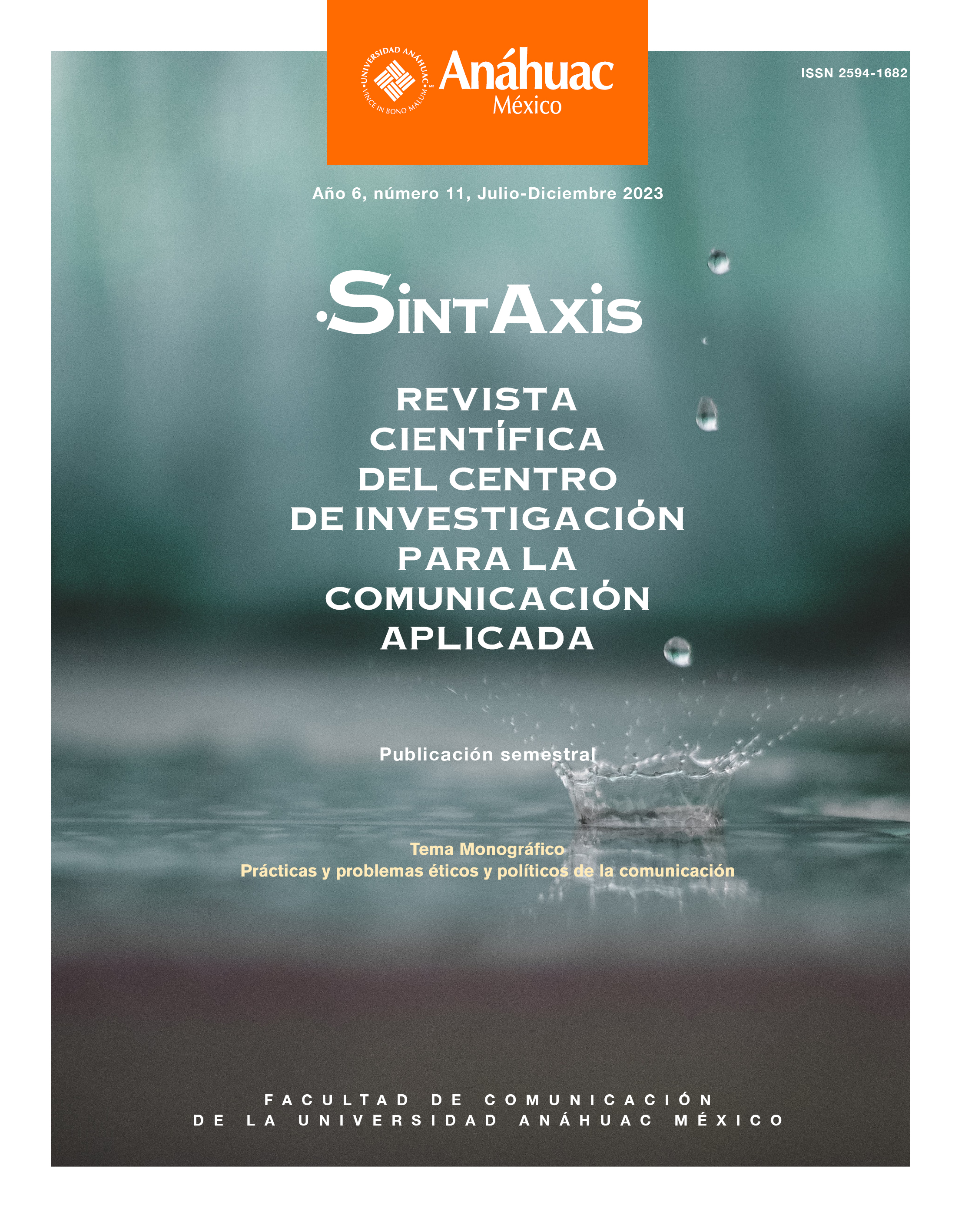The development of soft power in Bilbao troughs its Guggenheim Museum in times of COVID-19
Main Article Content
Abstract
The ravages caused by the COVID-19, which include the deterioration of the tourist economy of the countries, the gigantic impulse of remote work, the depopulation of small cities, and the need to boost the regional and local economy promptly, have become the factors that have amplified the need to strengthen the City Brand around the world. This research, which aims to analyze how the Guggenheim Museum has become the spearhead of Bilbao’s soft power strategy, has been developed by combining in-depth interviews with content analysis, allowing us to understand the strategy implemented. For the Biscayan capital. It is concluded that the global strategy to strengthen the Bilbao City Brand has focused on culture, where the Guggenheim Museum is its most fundamental factor.
Downloads
PLUMX Metrics
Article Details

This work is licensed under a Creative Commons Attribution-NonCommercial-NoDerivatives 4.0 International License.
The author keeps the property rights with no restriction whatsoever and guarantees the magazine the right to be the first publication of the work. The author is free to deposit the published version in any other medium, such as an institutional archive or on his own website.
References
Álvarez, P. (2022). El Guggenheim revoluciona Bilbao. CincoDías. El País. https://acortar.link/VKqa0n
Baskoro, R. (2020). The truth of Cultural Diplomacy. AEGIS Magazine, 4(2), 34-47. https://doi.org//10.33021/aegis.v4i2.1350 DOI: https://doi.org/10.33021/aegis.v4i2.1350
Ben, B. (2022). El tirón de Bilbao y sus museos: he venido de Murcia solo para ver la exposición de los impresionistas. Elcorreo.com. https://acortar.link/CPiIKp
Butler, M., y Formariz, F. (2012). La gestión de la Marca España desde una perspectiva turística. Retos de nuestra acción exterior: Diplomacia Pública y Marca España. Madrid: Colección Escuela Diplomática, 255-272. https://www.exteriores.gob.es/es/Ministerio/EscuelaDiplomatica/Documents/documentosBiblioteca/colecionEscuela/CED18.pdf
Ciudades y Gobiernos locales unidos (2022). Decálogo para la era posterior a COVID-19. CGLU, 1-8. https://www.uclg.org/sites/default/files/decalogo_covid19.pdf
Chaure, D. (2018). Los museos en la dialéctica del soft power y la diplomacia cultural. Boletín del grupo de Jóvenes Investigadores, 2, 32-36. https://acortar.link/07i8P2
Colomer, P., y Tamames, J. (2016). El poder duro nunca pasó de moda. Política exterior.
https://www.politicaexterior.com/joseph-nye-el-poder-duro-nunca-paso-de-moda/
Cumming, M. (2003). Cultural Diplomacy and the United States Government: a Survey. D.C. Center for Arts and Culture, 1-15.
Dinnie, K. (2008). Nation branding. Elsevier.
El País. (2016). El Bolshoi y Londres: 60 años de una gira que desafió la Guerra Fría. Elpaís.com. https://acortar.link/27DF0F
Goyoaga, A. (2022). Bilbao celebra el milagro de su transformación. Lavanguardia.com. https://acortar.link/inSijw
Hernández, S., et al. (2020). La marca país en tiempos de confinamiento: Analizando el mensaje publicitario de promoción turística de España y Colombia durante el COVID19. Revista Ibérica de Sistemas y Tecnologías de la Información, 10(E36), 323-340.
Huntington, S. (1993). ¿ The clash of civilizations? Foreign Affairs Magazine, 72(3), 22-49.
https://doi.org/10.2307/20045621 DOI: https://doi.org/10.2307/20045621
Johanson, M. (2022). Nómadas digitales: los países que ofrecen visas exclusivas para atraer a trabajadores remotos. BBC.com. https://www.bbc.com/mundo/vert-cap-62202270
La Porte, T. (2012). Contribución de la acción diplomática de las ciudades a la ‘marca país’. Retos de nuestra acción exterior: Diplomacia Pública y Marca España. Colección Escuela Diplomática, Madrid, 275-281. https://www.exteriores.gob.es/es/Ministerio/EscuelaDiplomatica/Documents/ documentosBiblioteca/colecionEscuela/CED18.pdf
Nye, J. (2017). Soft power: the origins and political progress of a concept. Palgrave Communications, 3. https://doi.org//10.1057/palcomms.2017.8 DOI: https://doi.org/10.1057/palcomms.2017.8
Nye, J. (1990). Bound to lead: The Changing Nature of American Power. Basic Books. DOI: https://doi.org/10.2307/2151022
Ormazabal, M. (2022). Guggenheim: cómo un buque de titanio revolucionó la economía de Bilbao. Elpaís.com. https://acortar.link/AfuQTe
Rodríguez, F. (2015). Diplomacia cultural. ¿Qué es y qué no es? Espacios Públicos, 18(43), 33-49.
https://www.redalyc.org/articulo.oa id=67642415002
U.S. Departament of State (2005). Cultural Diplomacy the Linchpin of Public Diplomacy, 1-28.
https://2009 2017.state.gov/documents/organization/54374.pdf
Weber Shandwick. (2020). The estate of corporate reputation in 2020: everything matters now. KRC Research. https://webershandwick.com/news/th the-state-of-corporate-reputation- in-2020-everything-matters-now
Weller, J. (2020) La pandemia del COVID-19 y su efecto en las tendencias de los mercados laborales. CEPAL, 1-34. https://acortar.link/E5UFf4
Zugaza, M. (2014) Museos y diplomacia cultural. Política Exterior, 28(160), 44-59. http://www.jstor.org/stable/43594971

